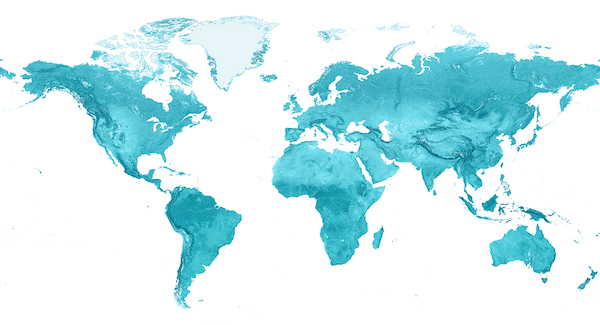
Region of Origin

Commodity:
Bean French
Description & Origin
French beans, also known as filet beans or haricots verts (meaning “green beans” in French), are a long, very thin, and stringless cultivar of common green bean. French beans are typically harvested around 6 to 8 inches long with the tips left on for an elegant appearance. The entire pod is consumed. They are more tender with a grassier, more delicate flavor than common garden green beans. They ca...
Other Names
Filet Beans, Haricots Verts
Health Benefits & Nutrition
French beans are a great source of fiber, as well as vitamins A, C, and K. French beans are also high in folate, iron, and manganese.
Commercial Availability (Grown for the US Market)
Foodservice Tips
Traditional Culinary Uses
French beans have historically been associated with French haute cuisine, but these slender beans have become more commonly available in recent years. While French beans can be served in any way a common green bean would, they are also excellent raw or lightly blanched and served as a crudité or used in salads. While they are not traditionally used in a Salade Niçoise, they are often added to a modern-day version. Such raw or lightly blanched applications highlight the grassy, mild flavor of the tender bean. French beans are also excellent lightly cooked as a simple side dish to an elegant entrée, particularly when served with an almond topping such as the French amandine. They are not typically preferred for soups or stews where a thicker pod and more robust flavor would be beneficial.
Flavor Pairings
Tomato, Lettuce, Shallot, Parsley, Dill, Garlic, Onion, Thyme, Mustard, Almond, Caper, Olive, Butter, Beef, Bacon, Trout
How to Prepare
Before cooking, clean the beans by rinsing well. Remove stems, if desired. Beans can then be blanched, steamed, roasted, stir-fried, grilled, etc.
How to Store in the Kitchen
Store unwashed beans in a plastic bag in the refrigerator vegetable crisper. French beans can also be canned or blanched and frozen for future use, but due to their thin, tender pods they are preferred for fresh use – not processing.

Fight Food Waste Tips for root to stem cooking
While common green beans are typically preferred for a pickled dilly bean, French beans can also be made into pickles and preserved!
Warehouse Storage & Handling
Maintain these conditions for optimal short-term storage shelf life.*
IDEAL STORAGE TEMP:
41-45°F
TEMP STORAGE ZONE:
40-54°F (Cool Storage)
CHILLING INJURY:
Yes – If French beans are stored below 41-45°F they will develop symptoms including discoloration and decay as soon as they are returned to higher temperatures.
RELATIVE HUMIDITY:
90-95%
PRODUCES ETHYLENE:
Yes – Low
SENSITIVE TO ETHYLENE:
Yes – Medium Exposure can cause yellowing and development of brown spots
Quality Assessment
French beans should be well formed and very straight with little to no discoloration. The beans should be tender and firm, and snap when bent. French beans will be very thin.
Important Handling
French beans are more delicate than green beans and should be treated gently to avoid bruising. They must be kept in a humid environment to prevent dehydration and should be kept in their original packaging as long as possible to maintain moisture.
Optimum Shelf Life
Depending on variety, conditions at harvest, and handling, French beans may last up to 7 days.






